As the AR-15 market has grown in the US, so too has the number of manufacturers offering accessories and ammo.
AR-15 ammo has come a long way in recent years, particularly when it comes to hunting and self-defense ammo. There are a huge number of ammo manufacturers that make quality AR-15 ammo, so much so that it can be overwhelming when you walk into your local sporting goods store or browse your favorite website looking for ammo.
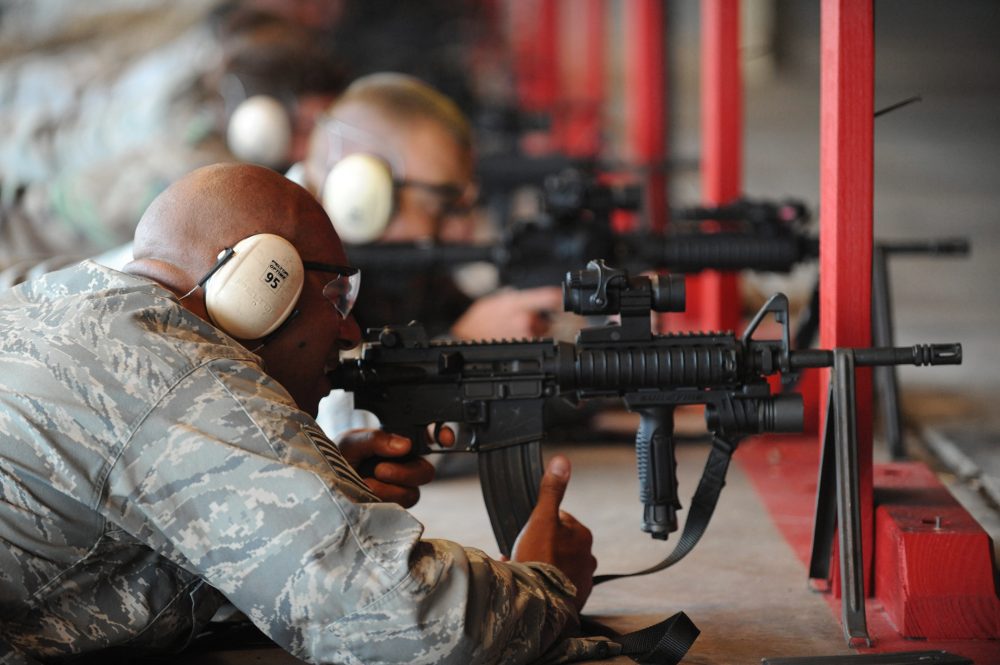
We’ve chosen some of the best .223 and 5.56x45mm ammo around to help all of those shooters out there who are struggling to find a go-to factory load for their AR’s.
Here’s what we picked:
We’re also going to go over how to choose the perfect ammo for your rifle, as well as what’s so great about these loads in particular.
Choosing the Best AR-15 Ammo for Your Rifle
When it comes time to pick ammo for your AR-15, there are a few things you have to consider.
First, and somewhat obviously, there’s the caliber. There is a huge variety of AR-15 calibers beyond the .223/5.56 chambering that we typically consider the standard.
Also, it is important to note that shooting 5.56 ammo in a .223 gun is a no-no and is generally considered a bad idea, but .223 in a 5.56 is just fine if a little underperforming compared to similar 5.56 ammo.
Next, we have the barrel twist rate. If you aren’t sure about your barrel’s twist rate, the barrel stamp that denotes the maker and caliber should have this information.
Barrel twist is a measure of the rifling of your barrel and will be listed in a ratio of 1:7 to 1:12. What this denotes is that your barrel will impart one full spin to the bullet for every X inches of barrel. So, if you have a 1:9 twist barrel, the bullet will complete one full spin every 9 inches.
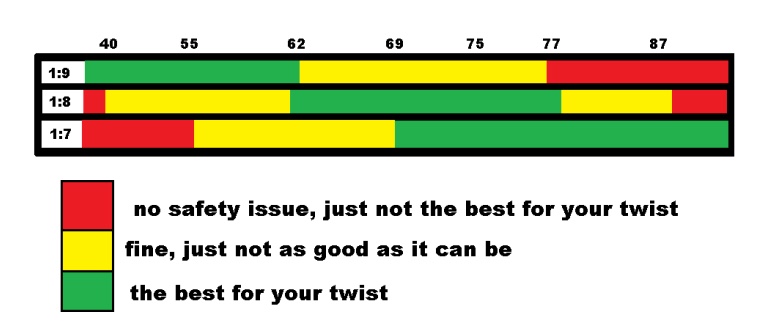
Once we have barrel twist, we have to look at bullet weight. Bullets are weighed in grains, and the most common weights for .223/5.56 ammo are 55gr, 62gr, 68gr, and 77gr.
It’s important to match your barrel twist rate to the ideal bullet weight or you won’t get optimum performance, although a faster twist barrel will stabilize lighter bullets as well as heavier ones where a slower twist rate will only work with lighter bullets.
Choosing AR-15 Bullet Type
The final consideration is the bullet type. Generally speaking, there are three types of bullets that you’ll find, full-metal jacket (FMJ),open-tip match and hollowpoint.
FMJs have a solid (almost always) copper jacket on the outside, while hollowpoint/open-tip rounds have, well a hollowed out or open space at the end. This is to better transfer energy to the target and to improve long-range ballistics respectively.
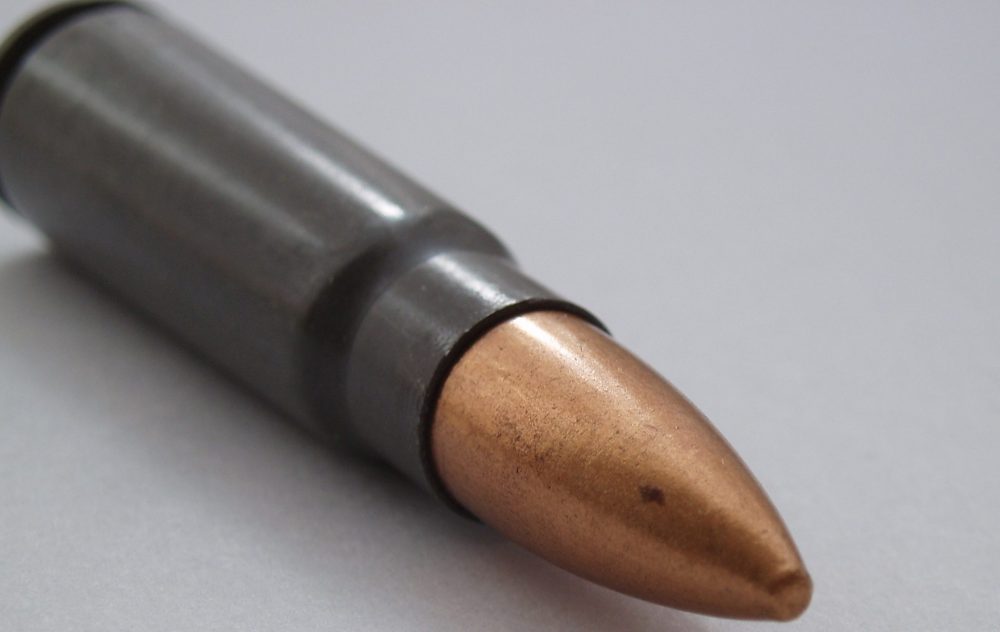
FMJ ammo, or ball ammo as it is commonly called, especially in military circles, is what you’ll use most of the time at the range as it is cheap and easy to find. This ammo is good for plinking and target shooting in almost all scenarios, though you may want to pay a little extra for open-tip match rounds like the popular Sierra Match King for true competitive performance at range.
Hollowpoints are best suited for hunting and self-defense and are generally too expensive for the average shooter to want to use for anything other than those purposes (you should always function test your firearm with any ammo you plan on using in a potentially dangerous scenario, however).
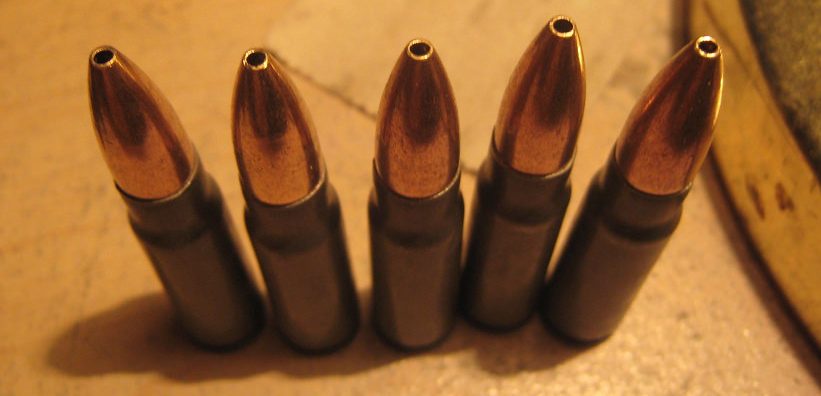
Bearing this in mind, there are a number of specially designed hollowpoints that are less likely to over-penetrate a target, and these are the ones you should be looking at if you plan on defending your home with an AR-15, especially if you live in a thin-walled apartment, or even a closely packed subdivision.
Over-penetration is also a problem when there are others, presumably family or other loved ones in the house. A rapidly-expanding hollowpoint is less likely to go through drywall and wooden studs and find an unintended target than an FMJ round.
Finally, open-tip match rounds are designed for maximum ballistic performance but have no appreciable or consistent extra impact on a soft target like a game animal. They accomplish this because of the way the bullets are manufactured.
The open-tip in OTM rounds allows for the jacket to be fabricated and seated before the core material, usually lead, is poured into. This creates a much more radially symmetrical and consistent bullet, and as you might imagine, a more consistently-manufactured bullet is always going to be more accurate, especially if you tune your rifle and optic to it.
Open-tip match rounds are still different from hollowpoints, however, as there are no striations or scoring on the jacket that would provide a failure point on impact, and therefore predictable expansion. In general, this makes OTM rounds an inconsistent choice at best for hunting and self-defense.
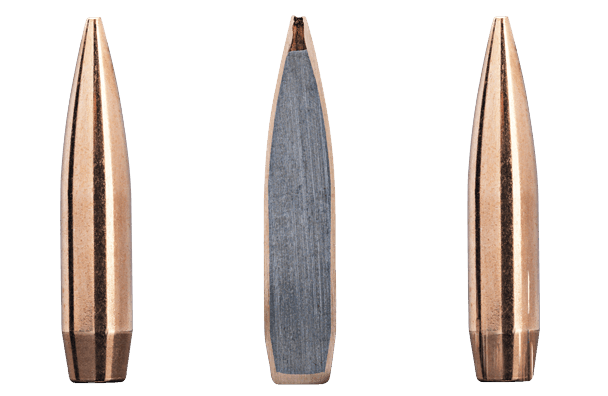
You may note that most military ammo used in combat is OTM, and that is correct. This is because of accuracy concerns. In fact, the use of OTM rounds in combat by world governments has to do with international law limiting the use of expanding rounds.
In other words, OTM bullets have no more desirable expansion or fragmentation characteristics than FMJs do.
One final abbreviation worth being familiar with is the BT designation, which stands for “boat-tail”. This indicates a bullet that has been chamfered at the base to create a bevel around the end or tail of the bullet, giving the bullet a vaguely boat-like shape.
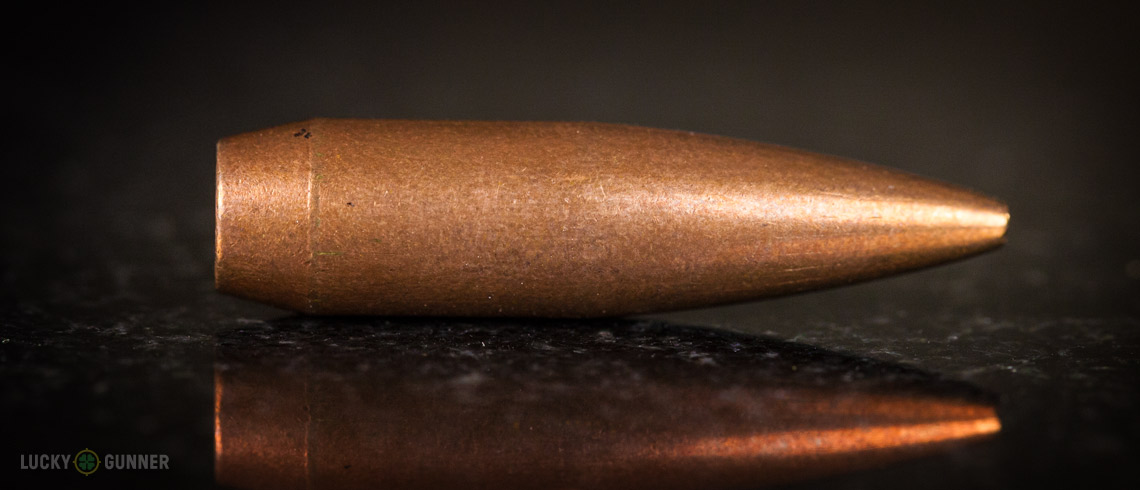
This is done primarily to improve the aerodynamics and ballistics of target ammo.
Best AR-15 Ball Ammo
It’s worth taking a moment to point out some things about FMJ ammo for the AR-15. Most of them are going to come in 55gr or 62gr and be geared more towards plinking/target shooting, and in two distinct varieties, based on US/NATO military designations.
First, there’s M193, which is a 55gr FMJ and is one of the more commonly used rounds in the world. Next, there’s the M855 or “green-tip” ammo which is a 62gr FMJ with a steel penetrator rod inside the jacket to provide better penetration through barriers.
1. American Eagle XM193
Federal American Eagle XM193 is a commercial variant of the military M193 that is produced for the civilian market.
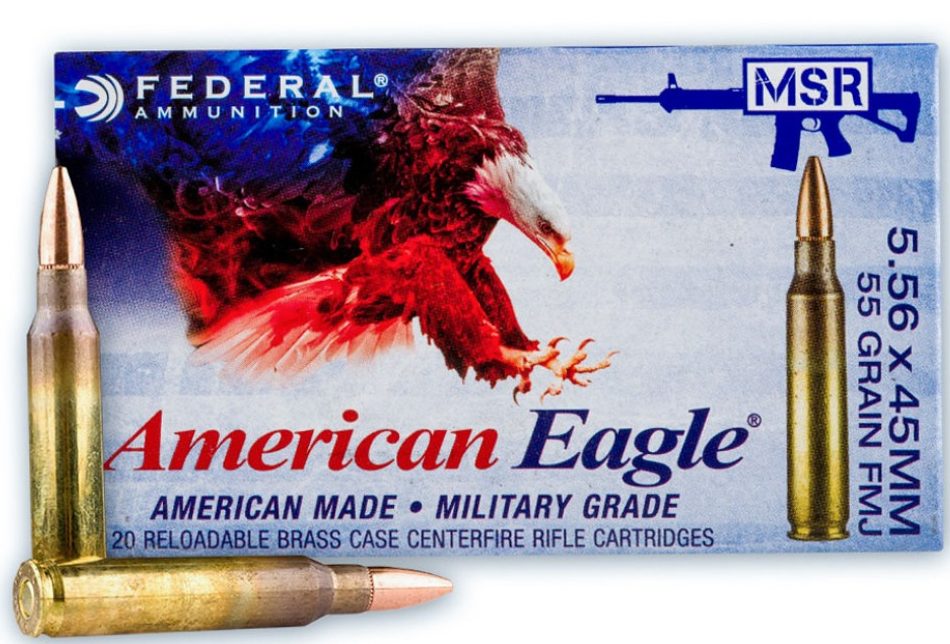
XM193
Pros
- Military standard loading
- Industry standard
- Budget friendly
Cons
- Out of stock often due to how popular it is
This round is considered the industry standard for 55gr FMJ rounds, and generally, any of the 193 variants will be loaded to similar standards, but the XM193 from Federal does the best job of combining loading consistency and low price.
2. Wolf Gold 5.56mm
Wolf Gold is perfect for high-volume shooters on a budget. If you’re looking to stock up for competition or for the apocalypse, Wolf Gold may be the answer, especially if you’re looking for cheap prices.
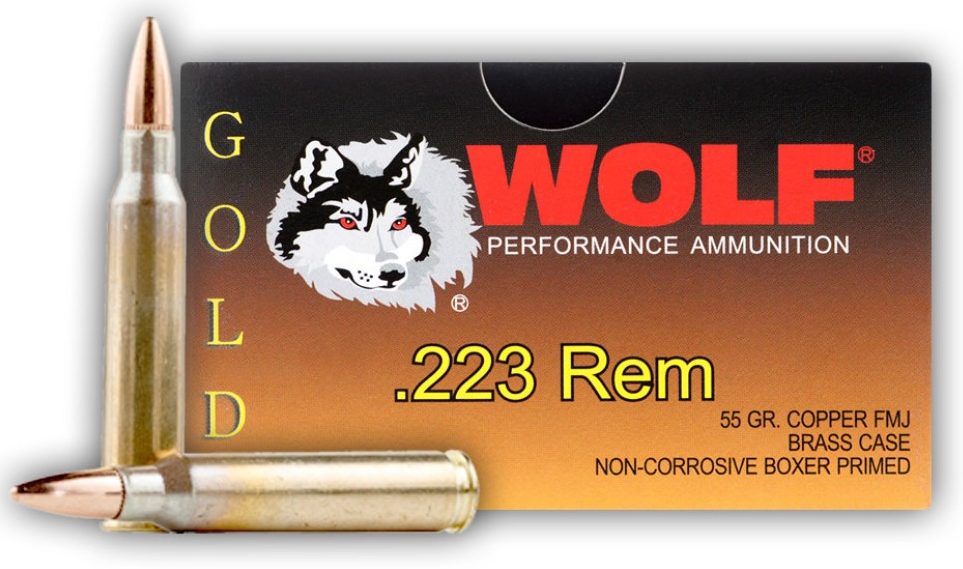
Wolf Gold 55gr .223 FMJ
Pros
- VERY budget friendly
- Best budget brass cased 5.56/223 on the market
Cons
- Loadings can be inconsistent
Wolf Gold is some of the cheapest brass-cased ammo around and is a good option if you aren’t as concerned about accuracy. While the loadings may not be as consistent as some other higher-priced rounds and thus your ability to punch dime-sized holes at 200 yards may be diminished, you can be reasonably sure the rounds will go bang every time and hit what you’re aiming at.
Most Accurate AR-15 Ammunition
If you’re looking for the most accurate AR ammo and don’t want to handload or spend $2/round, there’s really only one choice.
3. Federal Gold Medal Match
Federal Gold Medal Match 77gr is some of the most consistent and precisely loaded ammunition on the planet, especially for the price. This is where you should be looking if you’re planning on trying some long-range precision shooting.
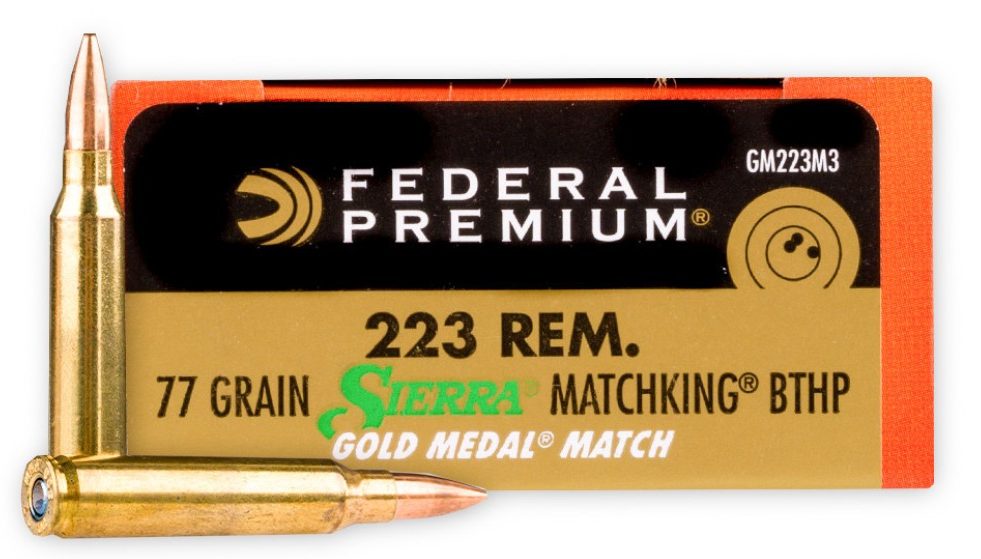
Federal Gold Medal Match 77gr
Pros
- Very high quality ammo
- Great for PRS or other long-range competition shooting
Cons
- With great quality comes great cost
If you’re a serious competitor in something like an MSR-focused PRS match, this is what you’ll be wanting for anything inside 600 yards.
Best AR-15 Self-Defense Ammo
Recent years have seen an explosive increase in AR-15’s used for self-defense, and if you’re looking to be part of that trend, you have a number of self-defense minded ammo options out there. However, there’s only one we recommend.
4. Hornady TAP FDP
If you’re planning on using an AR-15 for self-defense, you should be looking into Hornady TAP FDP offerings appropriate for your barrel.
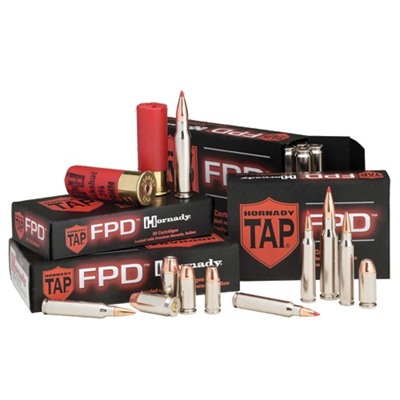
Hornady TAP FDP 55gr
Pros
- Polymer tip ensures expansion
- Consistent loading, great ballistics at range
Cons
- Price reflects the fact that this is self-defense ammo
TAP are a common LEO agency choice thanks to their rapid expansion, consistent loading, and good ballistic performance at range. Furthermore, the polymer tip helps ensure the HP bullet expands as intended.
Conclusion
Choosing the right ammo depends on what you want to use that ammo for. Having several kinds of the same cartridge is totally normal!
One to train with, one to hunt with, one to compete with, and one to defend yourself with. While you could use one or two types of ammo for all of those, you’ll lose performance in one area or another.
What is your favorite ammo? Let us know about all of them in the comments!


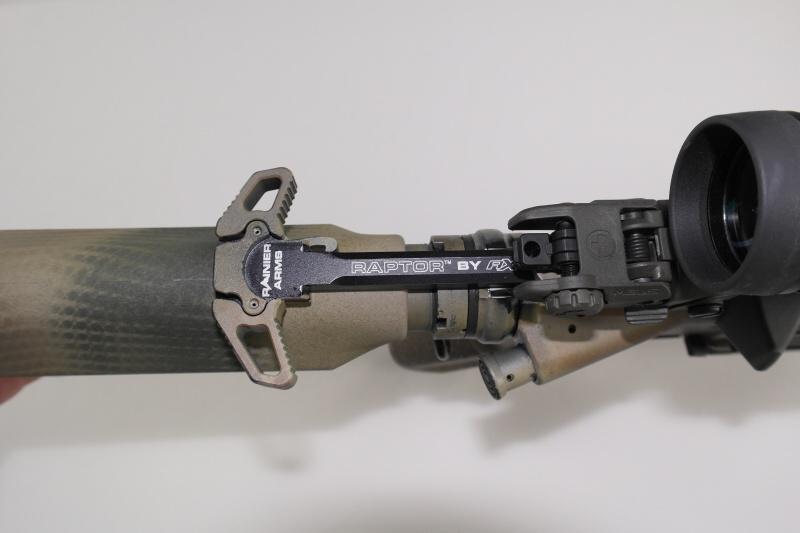
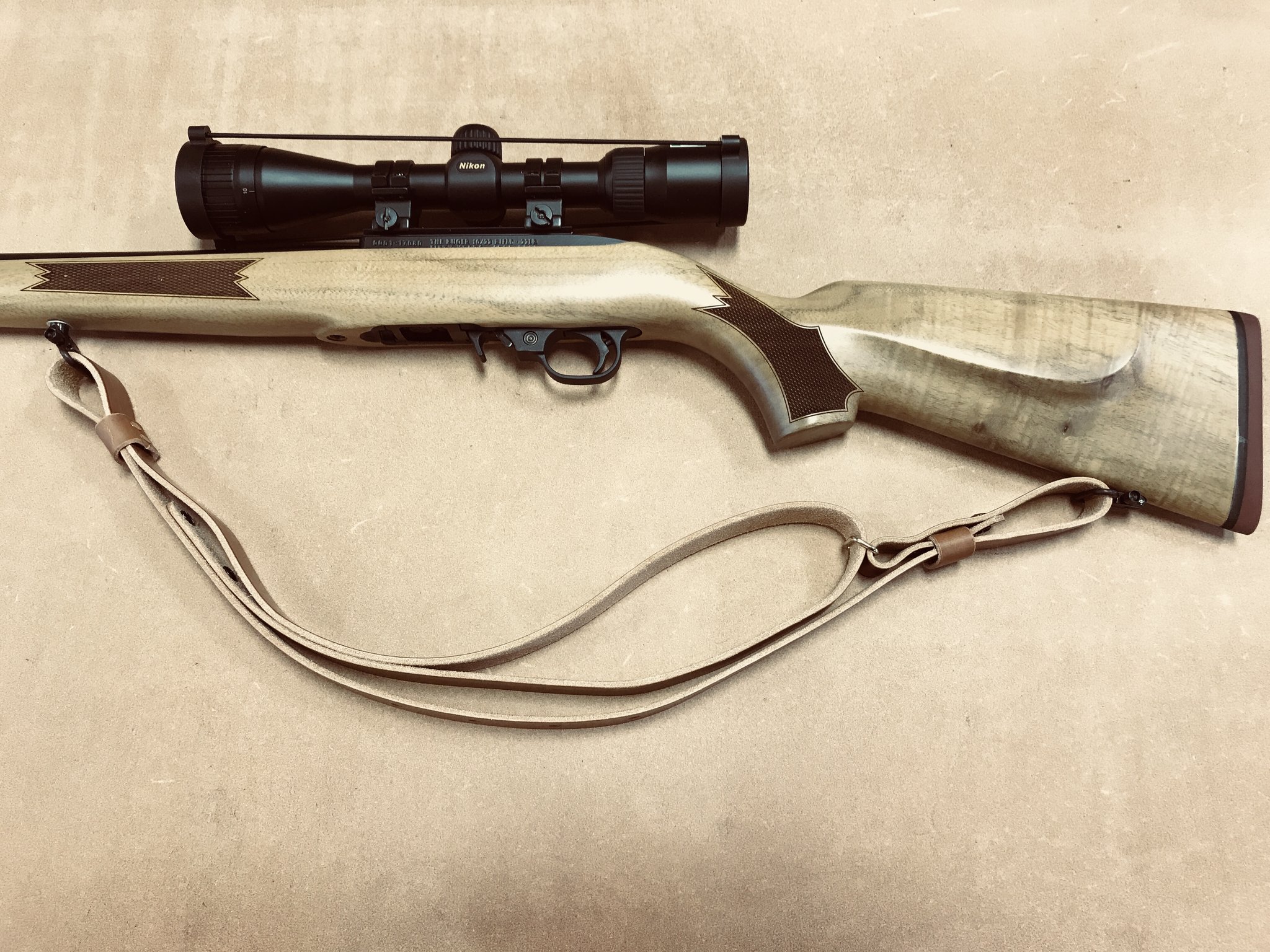
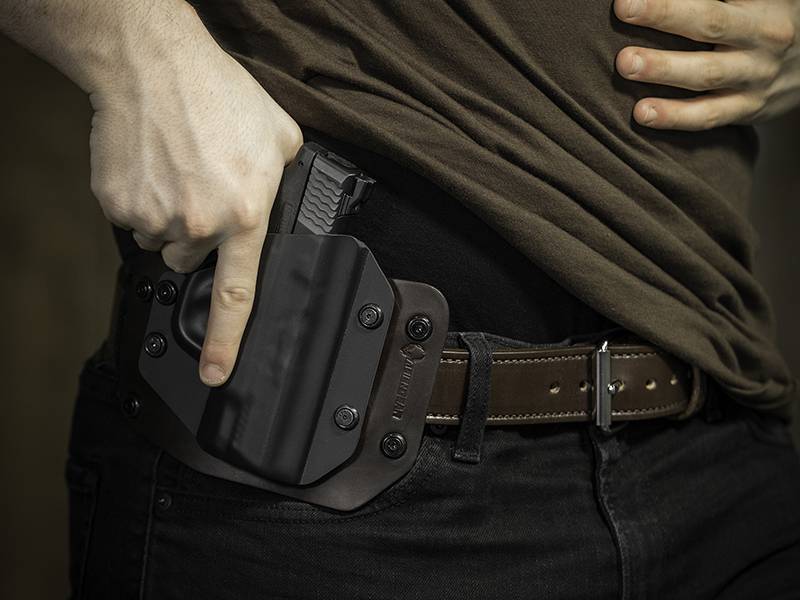
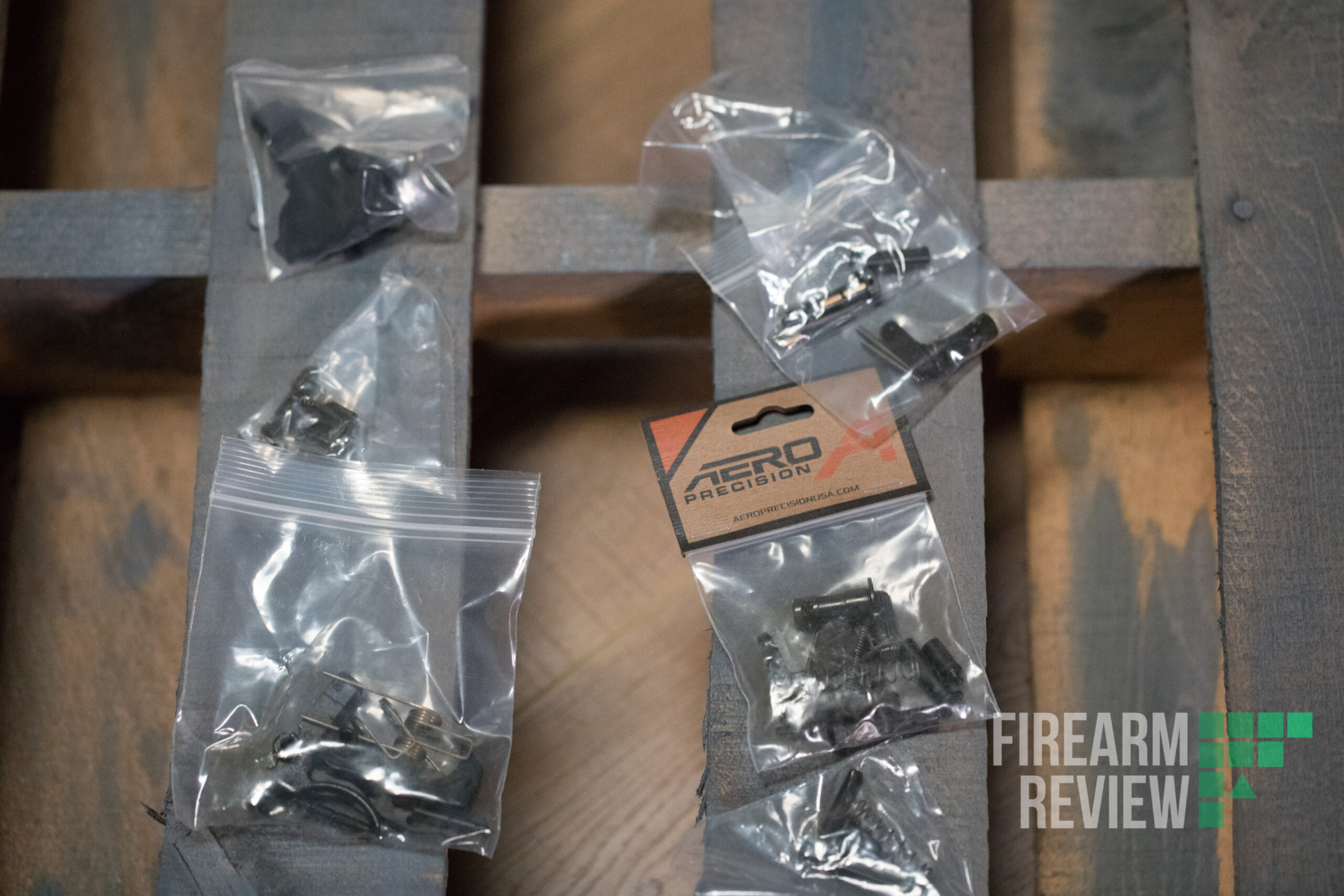
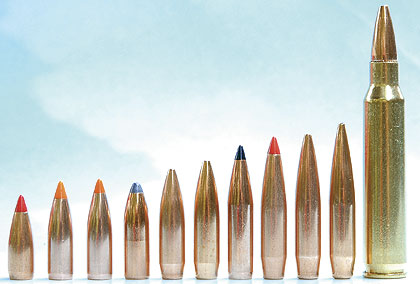
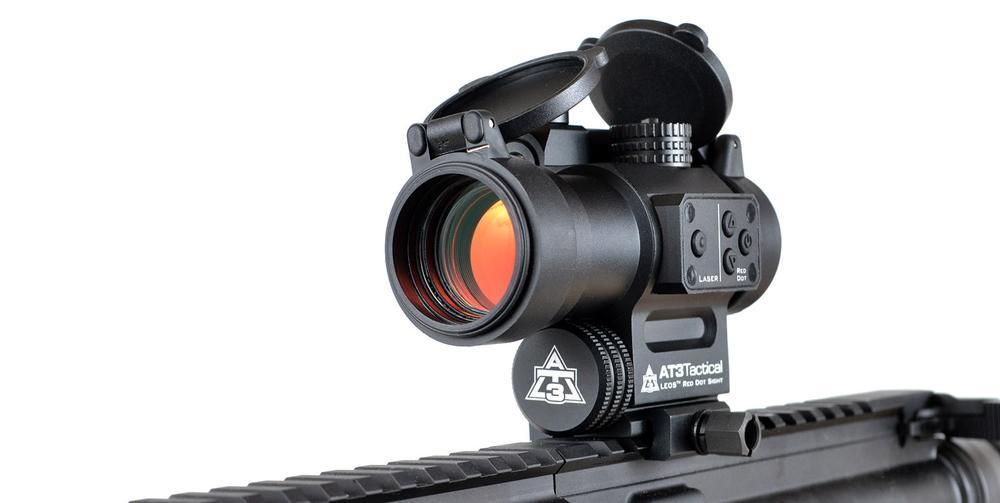
Is there a
ammu
nition to put in an AR-15 for target practice, which would not hurt any ar-15 gun?
Anything in the correct caliber made new by a major manufacture should be good to go!